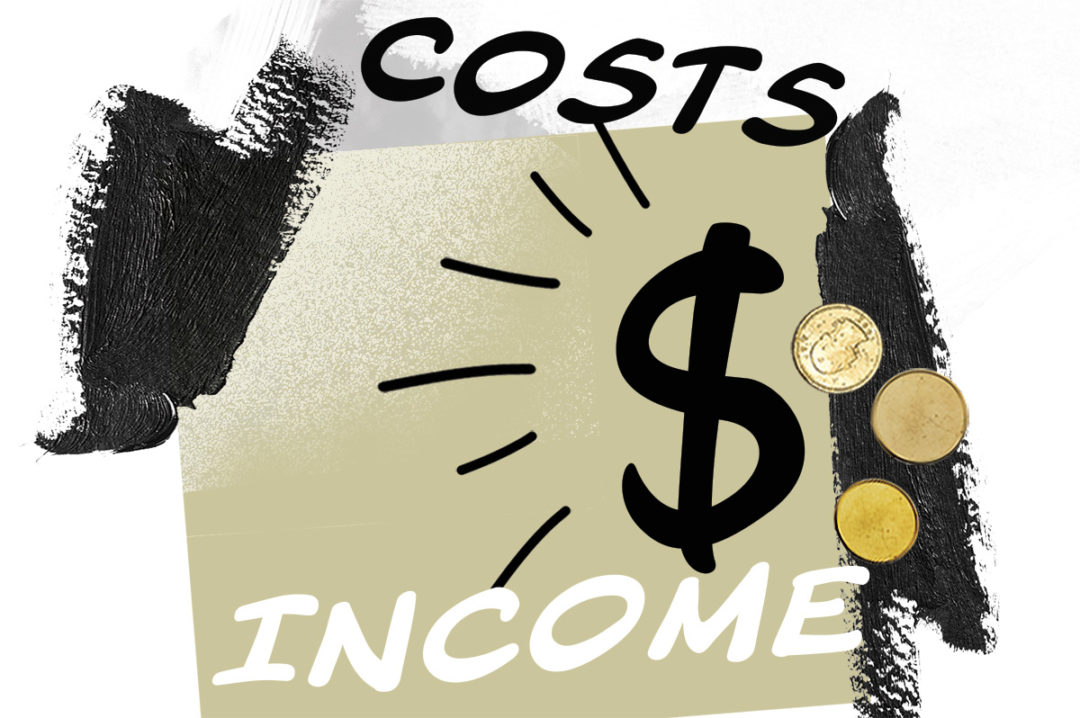The key economic features of the U.S. dairy industry last year included constrained milk production, significant retail dairy product price inflation and record exports. The key features for 2023 include the nature of milk production’s resumed growth, how dairy price inflation continues to unwind and whether exports will top last year’s record.
U.S. milk production resumed growing on a year-over-year basis last July following an unusually long period of below-year-earlier levels. The production comeback could be described as underwhelming so far, as the increases over year-earlier levels sagged steadily from 1.7% in August to 0.8% in December. Since last July, the USDA has maintained a steady monthly forecast for year-over-year growth between 1%-1.1%. U.S. dairy cow numbers have been up over year-earlier levels by just under 30,000 cows during the fourth quarter of 2022, as slower growth in production per cow has mostly driven that of milk production. Comparison of these patterns with previous expansion episodes has made it difficult to project whether the USDA’s forecasts are an over- or an underestimate of the milk volume produced in 2023.
U.S. consumption patterns
Consumption in the U.S. domestic market, which still accounts for over 80% of the demand for U.S.-produced milk and dairy products, measured as total milk equivalent, increased at an annual average rate of 1.6% between 2015-19. Since the U.S. population grew by just 0.6% during that time, the U.S. dairy industry was obviously successful in increasing overall per capita consumption of dairy during those years. But during 2020, the first year of the COVID-19 pandemic, domestic consumption dropped by 0.7%, despite the increased level of government dairy product purchases for food assistance donation. Significant reductions in foodservice use of dairy outweighed increased at-home consumption during that year. Domestic consumption recovered in 2021, increasing by 1% over the reduced base of the year before, but then was down again year-over-year during the first 11 months of 2022, by 0.7%. The cause this time was mostly retail price inflation.
The overall rate of inflation, as measured by increases over a year earlier, began to increase steadily during the months of 2021, as did inflation for all food and beverages. Except to some extent for fluid milk, retail price inflation did not begin to lift appreciably for dairy products until 2022, when significant increases in wholesale dairy prices began to be passed through to the retail level. Although late to start, dairy product inflation quickly overtook that of the broader indices. Overall inflation peaked last June when the Consumer Price Index (CPI) for all items was 9.1% higher than it was a year earlier. Its annual rate of increase subsequently dropped steadily to reach 6.5% last December. The CPI for all food and beverages maxed out last August at 10.9% over a year earlier and has since receded more slowly to 10.1% in December. The CPI for all dairy products was 16.4% higher than a year earlier last November, and about 1% lower in December, so it’s not yet totally clear if it is fully in decline.
Among individual key products in the overall dairy CPI, the individual CPIs for fluid milk and cheese showed their highest annual increases last August, at 17% and 13.5%, respectively, and each had dropped to 12.5% and 12.8%, respectively by December. The CPI for frozen dairy products, like the overall dairy CPI, reached a maximum of 17.5% only last November, and so is not yet clearly in decline. But the butter CPI’s annual growth rose steadily last year, from 3.4% in January to 31.4% in December and has yet to show signs of slowing down.
Inflation outlook improving
However, the outlook for inflation is relatively favorable this year. The various CPIs are themselves indexed rates of increase over a longer period of time, mostly with reference to the 36 months of 1982-84. The CPI numbers have shown little to no increase over much of the second half of 2022 for all items, for fluid milk and cheese. The CPIs for all food and beverages, all dairy and frozen dairy products have increased slightly during this period, but, overall, if there are no new factors that push up the CPI numbers this year, the more commonly cited year-over-year increases will recede, as the year progresses and the year-ago bases for comparison continue to rise. Supporting this assessment is the fact that the USDA currently projects total domestic consumption will increase from a year ago by 1.2% this year, on a total milk equivalent basis, following an annual drop of 0.5% in 2022.
A look at exports
The other key component of the demand for U.S.-produced milk and dairy products is exports, which have shown generally strong growth over the past several decades. This growth has not been even, however, and was relatively stagnant during 2015-19, at an average growth rate of just 0.6%. Export volumes subsequently took off during the pandemic years, rising annually, on a total milk equivalent basis, by 12.2% in 2020, 8.9% in 2021 and 3.6% in the first 11 months of 2022, with these last two annual increases being to successive record volumes. These export surges were able to keep total use of U.S. milk and dairy products growing above 1% during the first two pandemic years but only constant during 2022. Lower export growth last year was driven, among other factors, by resumed COVID-related lockdowns in China, the world’s largest dairy importer.
The USDA currently foresees U.S. dairy export volumes being flat this year compared to last, as Europe and New Zealand milk production recovers from depressed levels in 2022, creating greater competition for U.S. exporters. However, China’s recent lifting of restrictions and its need to rebuild dairy supplies, coupled with greater demand from other countries taking advantage of relatively low world prices, support a case for somewhat higher U.S. dairy exports this year, despite the increased headwinds.
Further optimism about both domestic and export demand has come from the International Monetary Fund (IMF), which recently brightened its outlook for the world economy, foreseeing resilient U.S. consumer spending and projecting that inflation will return to pre-COVID levels by 2024.
The bottom line
Bringing this discussion finally to bottom-line issues for U.S. dairy farmers, the current outlook is for milk prices to drop this year by more than production costs, putting greater pressure on margins. The USDA reports that the U.S. average all-milk price averaged a record $25.55 per hundredweight (cwt) during all of 2022 but currently projects it will drop to $21.60 per cwt for 2023. The USDA’s forecast is closely matched by mine, based on the dairy futures at the end of January. Balanced against this nearly $4-per-cwt projected drop in this year’s milk prices is just a $1-per-cwt expected decline in the Dairy Margin Coverage (DMC) program’s feed cost formula, based on both the USDA’s DMC Decision Tool forecast and my own forecast at end of January. Both forecasts currently envision DMC margins falling below the program’s $9.50-per- cwt maximum coverage level every month until late summer and averaging just under $8 per cwt for the year.
To sum up, this year will be different from 2022, particularly from a dairy farmer financial perspective. It will put further emphasis on the critical importance of producers making the fullest use of available risk management tools. This is one of the few things over which farmers can exert control, in an industry over whose external factors they have little, and in which even a favorable outlook for many such factors can be countered by just a few unfavorable ones.







